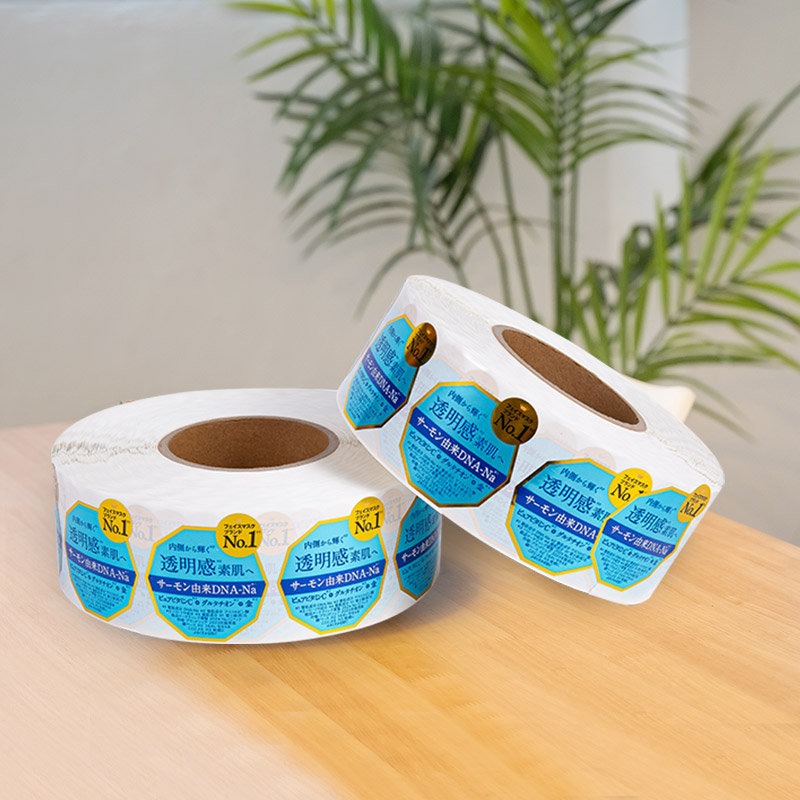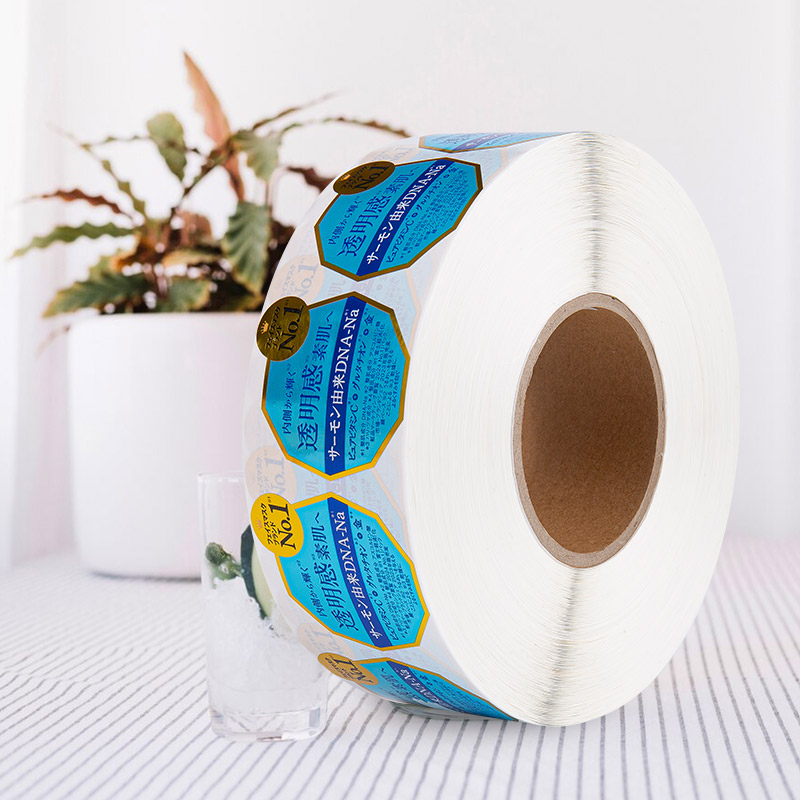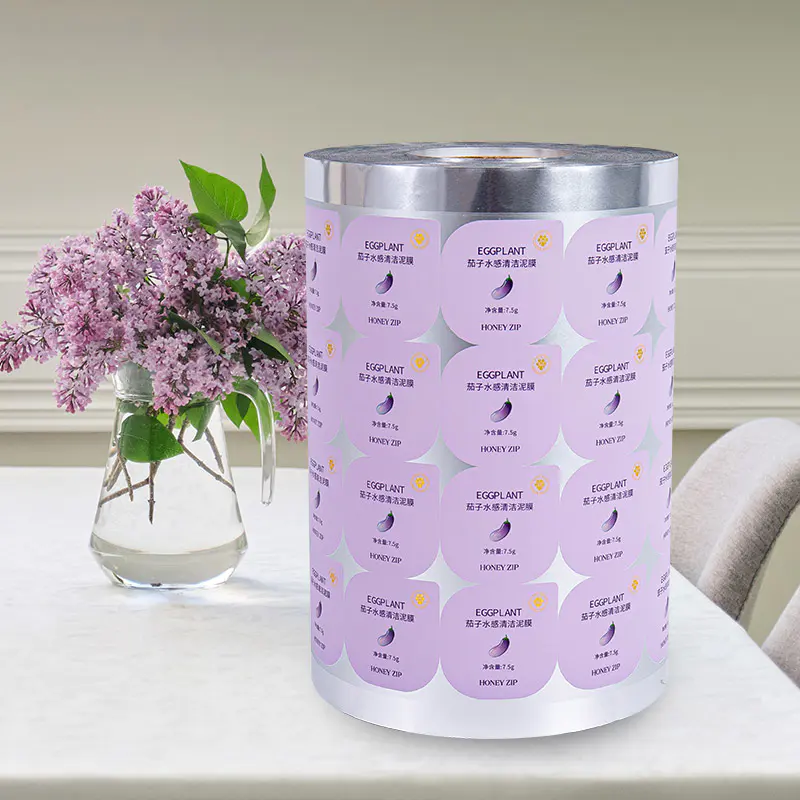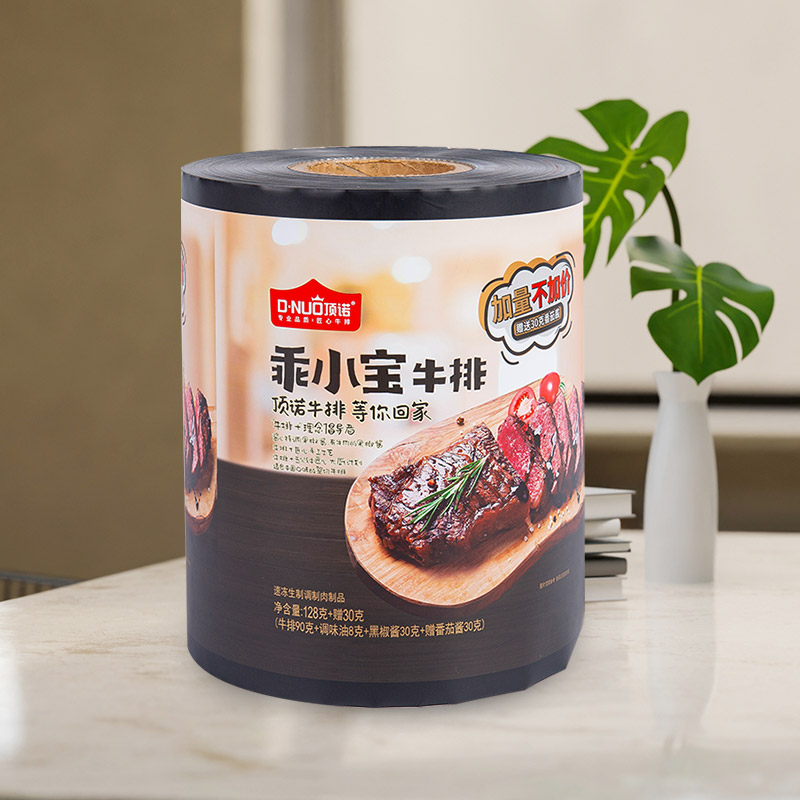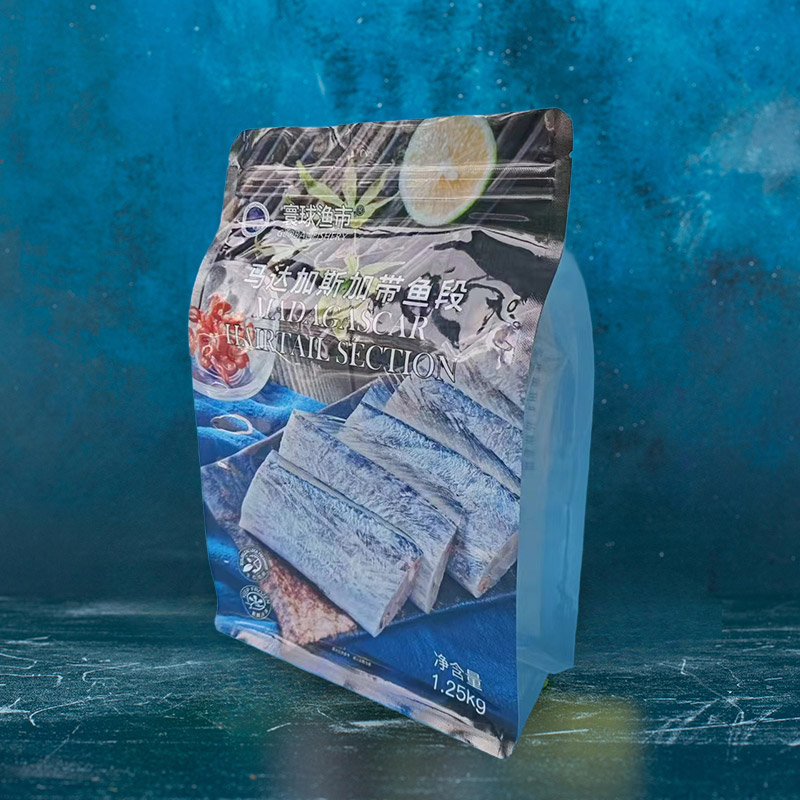In the pet food industry, freshness and aroma are two essential qualities that define the appeal and nutritional integrity of dog treats. A product may contain high-quality ingredients and be formulated for optimal health benefits, but if it loses its scent or becomes stale, it will likely fail to attract both pets and their owners. This is where dog treat packaging bags play a crucial role. They are more than simple storage containers—they are scientifically designed barriers that protect the product from environmental factors and extend its shelf life while maintaining flavor and texture.
Content
- 0.1 1. The Importance of Freshness and Aroma in Dog Treats
- 0.2 2. Multi-Layer Barrier Materials: The Foundation of Protection
- 0.3 3. Resealable Zippers and Easy-Open Features
- 0.4 4. Oxygen and Moisture Control: The Core of Freshness Preservation
- 0.5 5. Light Protection and UV Shielding
- 0.6 6. Material Safety and Food-Grade Standards
- 0.7 7. Design Innovations for Freshness and Branding
- 0.8 8. Sustainability and Eco-Friendly Material Options
- 0.9 9. Packaging Sealing Technology
- 0.10 10. Long-Term Shelf Life and Product Stability
- 1 Conclusion
1. The Importance of Freshness and Aroma in Dog Treats
Dogs rely heavily on their sense of smell when choosing food. A strong, appetizing aroma encourages eating behavior and signals the presence of proteins, fats, and other nutrients. When treats lose their natural scent due to oxidation or moisture exposure, they also lose much of their appeal. Maintaining freshness is equally important, as exposure to air and humidity can lead to mold growth, hardening, or nutrient degradation. Therefore, proper packaging is not only about appearance—it is a functional requirement to protect the sensory and nutritional value of the product.
2. Multi-Layer Barrier Materials: The Foundation of Protection
Most modern dog treat packaging bags are constructed using multi-layer laminated films that combine several materials, each with distinct protective properties. Common combinations include PET/PE, PET/AL/PE, or PET/VMPET/PE structures.
- Outer Layer (PET or BOPP) – This layer provides strength, gloss, and printability. It resists scratches and maintains the brand’s visual appeal during transportation and storage.
- Middle Barrier Layer (Aluminum Foil or Metallized Film) – This is the most critical layer for maintaining freshness. It blocks oxygen, water vapor, and ultraviolet light—all of which can deteriorate the product. Aluminum foil, for example, offers an almost complete barrier, while metallized film provides a lighter but still highly effective alternative.
- Inner Layer (LDPE or CPP) – This layer is food-contact safe, heat-sealable, and flexible. It prevents oil and moisture migration from the treats to the outer layers, keeping the packaging clean and intact.
Together, these layers form a high-performance barrier system that effectively isolates the contents from the external environment. Even when stored for months, dog treats retain their original aroma, flavor, and nutritional value.
3. Resealable Zippers and Easy-Open Features
Convenience is an increasingly important aspect of pet treat packaging. Many dog treat packaging bags feature resealable zippers, press-to-close seals, or Velcro-type closures. These systems allow consumers to open the package easily, take out a portion of treats, and reseal it tightly afterward. The resealable mechanism prevents unnecessary air exchange and moisture absorption after the first opening, which is critical for keeping the contents fresh throughout multiple uses.
The ability to reseal also supports portion control, helping pet owners manage serving sizes without transferring the treats to another container. This maintains product hygiene, reduces waste, and enhances user satisfaction.
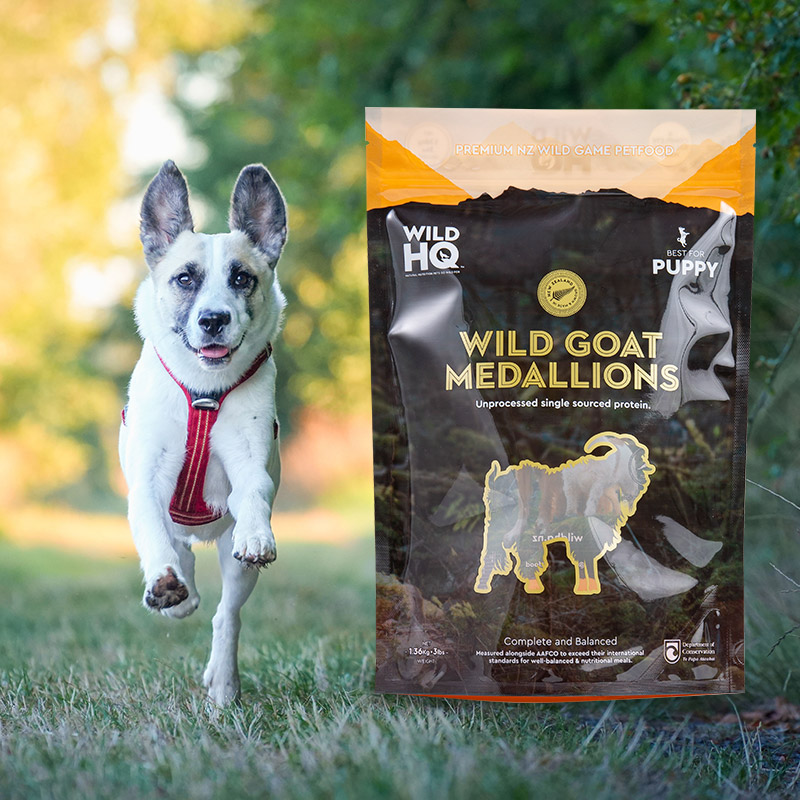
4. Oxygen and Moisture Control: The Core of Freshness Preservation
Two of the most destructive elements for dog treats are oxygen and moisture. Oxidation can cause fats and oils in the treats to turn rancid, while excess moisture can lead to microbial growth and textural changes. Advanced packaging films address these challenges by offering low oxygen transmission rate (OTR) and low water vapor transmission rate (WVTR) performance.
Some manufacturers go even further by incorporating vacuum sealing or nitrogen flushing into the packaging process. Vacuum sealing removes most of the air from the bag before closing, while nitrogen flushing replaces oxygen with inert gas, preventing oxidation. Both techniques significantly extend the shelf life and preserve the natural scent and texture of the dog treats.
5. Light Protection and UV Shielding
Light, especially ultraviolet radiation, can degrade vitamins, fats, and pigments in pet snacks. To counter this, many dog treat packaging bags feature UV-blocking films or opaque designs. Aluminum foil layers are particularly effective in blocking light transmission, but even clear pouches can be coated or tinted to reduce UV exposure. By controlling light penetration, packaging prevents discoloration and nutrient loss, helping the treats maintain their natural appearance and smell.
6. Material Safety and Food-Grade Standards
Since dog treats are consumed products, packaging materials must meet strict food safety standards. Certified food-grade films are free from harmful chemicals such as BPA, phthalates, or heavy metals. The inner sealing layer is designed to be non-reactive, ensuring that no unwanted odors or residues migrate into the treats. Additionally, modern packaging production facilities often comply with ISO, FDA, or EU food contact regulations, guaranteeing product integrity and safety during storage and transportation.
7. Design Innovations for Freshness and Branding
Beyond functional protection, dog treat packaging also serves as a marketing tool. Custom printing, matte or glossy finishes, and transparent windows all contribute to brand recognition and consumer trust. Clear windows allow customers to see the treats directly, while matte finishes create a natural and premium look associated with freshness.
Some brands use flat-bottom pouches or stand-up zipper bags for better shelf stability and presentation. These designs maximize visibility in stores while minimizing storage space. The combination of visual appeal and technical protection gives the product a competitive edge in a crowded market.
8. Sustainability and Eco-Friendly Material Options
As consumers become more environmentally conscious, pet brands are exploring eco-friendly packaging solutions. Biodegradable films made from PLA (polylactic acid) or recyclable PE materials are increasingly being used in dog treat packaging. These sustainable alternatives maintain strong barrier properties while reducing environmental impact. Some companies even adopt mono-material packaging, which simplifies recycling without sacrificing freshness protection.
9. Packaging Sealing Technology
Sealing technology is another critical factor influencing freshness. Heat sealing is the most common method, forming a strong and airtight bond between the inner layers. For high-barrier bags, double sealing or four-side sealing can be applied to enhance protection. In manufacturing environments, consistent temperature and pressure control during sealing prevent leaks and guarantee a tight closure that locks in aroma and quality.
10. Long-Term Shelf Life and Product Stability
When all these design elements—barrier layers, resealable zippers, and proper sealing—work together, they significantly extend the product’s shelf life. Even after transportation through varying climates and storage conditions, the treats remain safe and appetizing. This not only improves consumer experience but also reduces product returns and spoilage, benefiting manufacturers and retailers alike.
Conclusion
Dog treat packaging bags are an essential part of product quality management. Through advanced barrier technology, airtight sealing, and resealable convenience, they protect the freshness, flavor, and aroma of dog treats from production to consumption. Each layer of the bag contributes to shielding the product from oxygen, moisture, and light—factors that can quickly degrade quality.
As sustainability and brand differentiation become more important in the pet industry, packaging will continue to evolve. Future innovations may include fully recyclable films, compostable materials, and smart freshness indicators. But regardless of these developments, the core purpose will remain the same—to keep every dog treat as fresh, aromatic, and enjoyable as the moment it was made.

 EN
EN
 English
English 日本語
日本語 Español
Español Deutsch
Deutsch عربى
عربى



